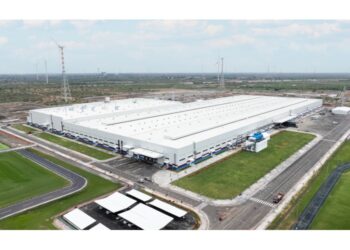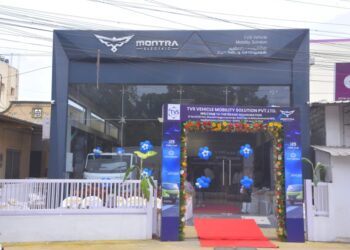The Electric Arc Furnace (EAF) and Components Market have witnessed significant growth and transformation in recent years, driven by the increasing demand for steel production and the focus on sustainable and energy-efficient manufacturing processes. The EAF is a crucial element in the steelmaking industry, providing an alternative to traditional blast furnaces by utilizing electricity to melt scrap steel and produce high-quality steel products.
Key Companies Covered
- Schneider Electric
- Mitsubishi Electric Corporation
- ABB
- Siemens
- Toshiba
- Tavrida Electric AG
- Xiamen Huadian Switchgear Co., Ltd.
- Nippon Steel & Sumikin Engineering
- Danieli
- Algoma Steel Group Inc.
One of the key drivers of the Electric Arc Furnace market is the growing emphasis on environmental sustainability. EAFs are considered more environmentally friendly compared to traditional blast furnaces as they produce lower greenhouse gas emissions and use recycled steel scrap as their primary raw material. This aligns with global efforts to reduce carbon footprint and promote circular economy practices in the steel industry.
The main components of an Electric Arc Furnace include the furnace shell, electrode system, refractory lining, and the control system. The furnace shell is a large cylindrical structure that houses the melting process and protects the surroundings from the intense heat generated during steelmaking. The electrode system, consisting of graphite electrodes, plays a crucial role in transmitting electrical energy to the steel scrap, initiating the melting process.
Refractory lining is another critical component of the EAF, providing insulation and protection against the extreme temperatures inside the furnace. The refractory materials must withstand thermal shocks and chemical reactions, ensuring the longevity and efficiency of the furnace. The choice of refractory materials is essential to maintaining the furnace’s performance and minimizing downtime for repairs and maintenance.
The control system is the brain of the Electric Arc Furnace, overseeing and regulating the entire steelmaking process. Advanced automation and control technologies have significantly enhanced the efficiency and precision of EAF operations. These systems monitor and adjust parameters such as temperature, energy input, and scrap charging, optimizing the steel production process and reducing energy consumption.
The market for Electric Arc Furnace and its components is experiencing technological advancements and innovations. Manufacturers are investing in research and development to enhance the efficiency and sustainability of EAFs. Improved electrode technologies, advanced refractory materials, and intelligent control systems are some of the areas where innovation is making a significant impact.
Geographically, Asia-Pacific dominates the Electric Arc Furnace market, driven by the robust growth of the steel industry in countries like China and India. The increasing urbanization, infrastructure development, and automotive manufacturing contribute to the rising demand for steel, propelling the adoption of EAF technology in the region.
Despite the positive growth trajectory, the Electric Arc Furnace market faces challenges such as fluctuating raw material prices and the need for significant initial investments. Additionally, stringent environmental regulations may influence the adoption of EAF technology in certain regions.













